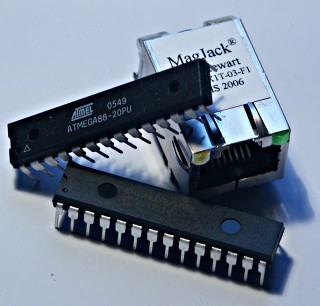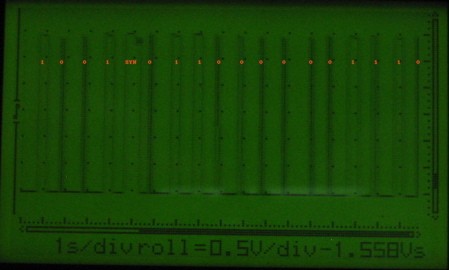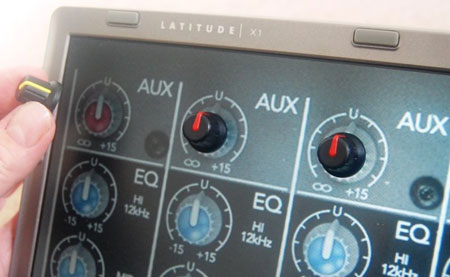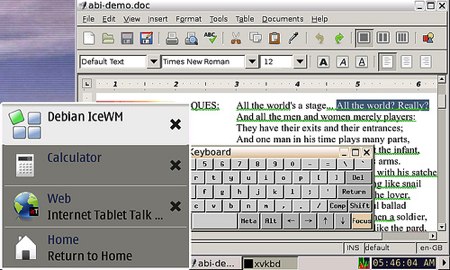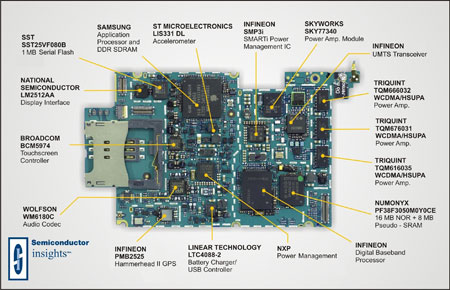
TechOnline has cracked open the iPhone 3G to find out what makes it tick. They’ve released detailed diagrams as well as some videos of the dissection.
Calling this an incremental update, they note that the changes seem to be additions and improvements rather than a total rebuild of the original platform. They get into the nitty gritty, discussing not only the layout and structure, but even the importance of each chip manufacturer.
Some of the improvements are obvious, like 3G. Others include the battery not being permanently attached, and the headphone jack being flush mounted. Most of the changes were in who manufactured each chip.
[via TUAW]



